

BÁO CÁO PHÁT TRIỂN BỀN VỮNG 2023
The fertilizer production technology in general and at the Ca Mau Fertilizer Plant, in particular, is characterized by the use of natural gas (a fossil fuel) as a raw material. Therefore, the issues of greenhouse gas emissions and global warming are of particular concern and focus for PVCFC. Being aware of this, from the project implementation stage, the Company invested in production lines with current technology, specifically: Ammonia production technology from licensors Haldor Topsoe (Denmark) and Basf (Germany); Urea production technology from Saipem (Italy); Granulation technology from Toyo (Japan); and NPK production technology from Espindesa (Spain). In addition to equipping itself with modern technology and equipment, the Company continuously improves techniques, optimizes fuel sources, and seeks new and innovative solutions to save energy and enhance capacity, thereby reducing greenhouse gas emissions at the Ca Mau Fertilizer Plant.
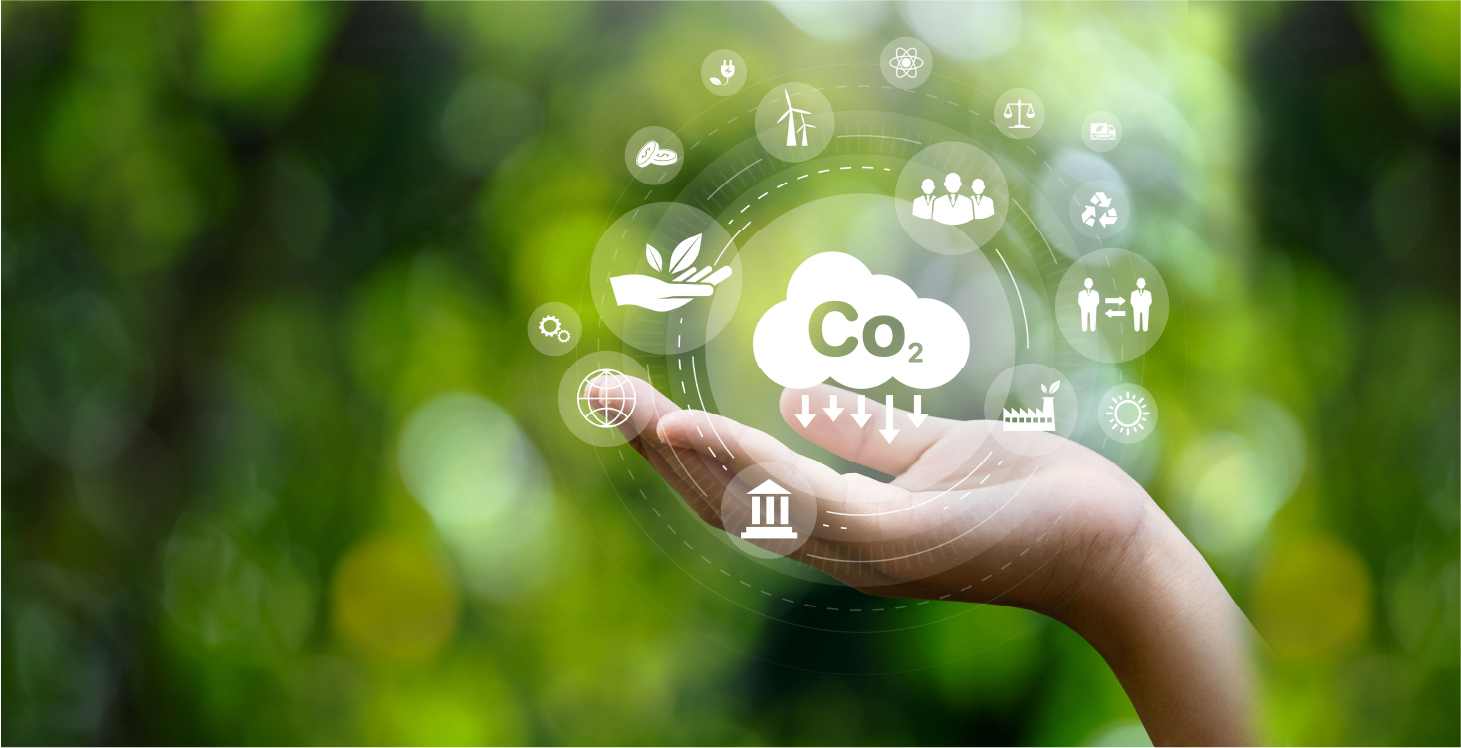


At the Ca Mau Fertilizer Plant, natural gas is used for two purposes: as a feedstock to produce the semi-finished products NH3 and CO2 after undergoing production processes in the Ammonia unit, and as a fuel which is used in the Primary Reformer furnace and in auxiliary boiler. Due to the characteristics of the technology, the amount of fuel gas used to provide excess heat to generate steam in the reforming sectionand the amount of fuel gas for the auxiliary boiler to produce high-pressure steam still the main amount of gas consumed at the Ca Mau Fertilizer Plant. In addition to natural gas, permeate gas-a fuel gas recovered from the Ca Mau Gas Processing Plant (GPP), is also reused by us to maximize utilization and avoid direct emissions into the environment. Since its use began in February 2019, permeate gas has primarily been utilized as fuel, partially replacing natural gas. The permeate gas/natural gas ratio is maintained at approximately 2.7%. In 2023, we fully recovered the CO2 and the remaining gas after processing to meet technological conditions in permeat gas and using it as a feedstock, with the amount of permeate gas recovered in 2023 reaching 19.96 million Sm³/year. Additionally, we implemented various improvement solutions to increase production and reduce gas consumption by 0.44% compared to 2022.
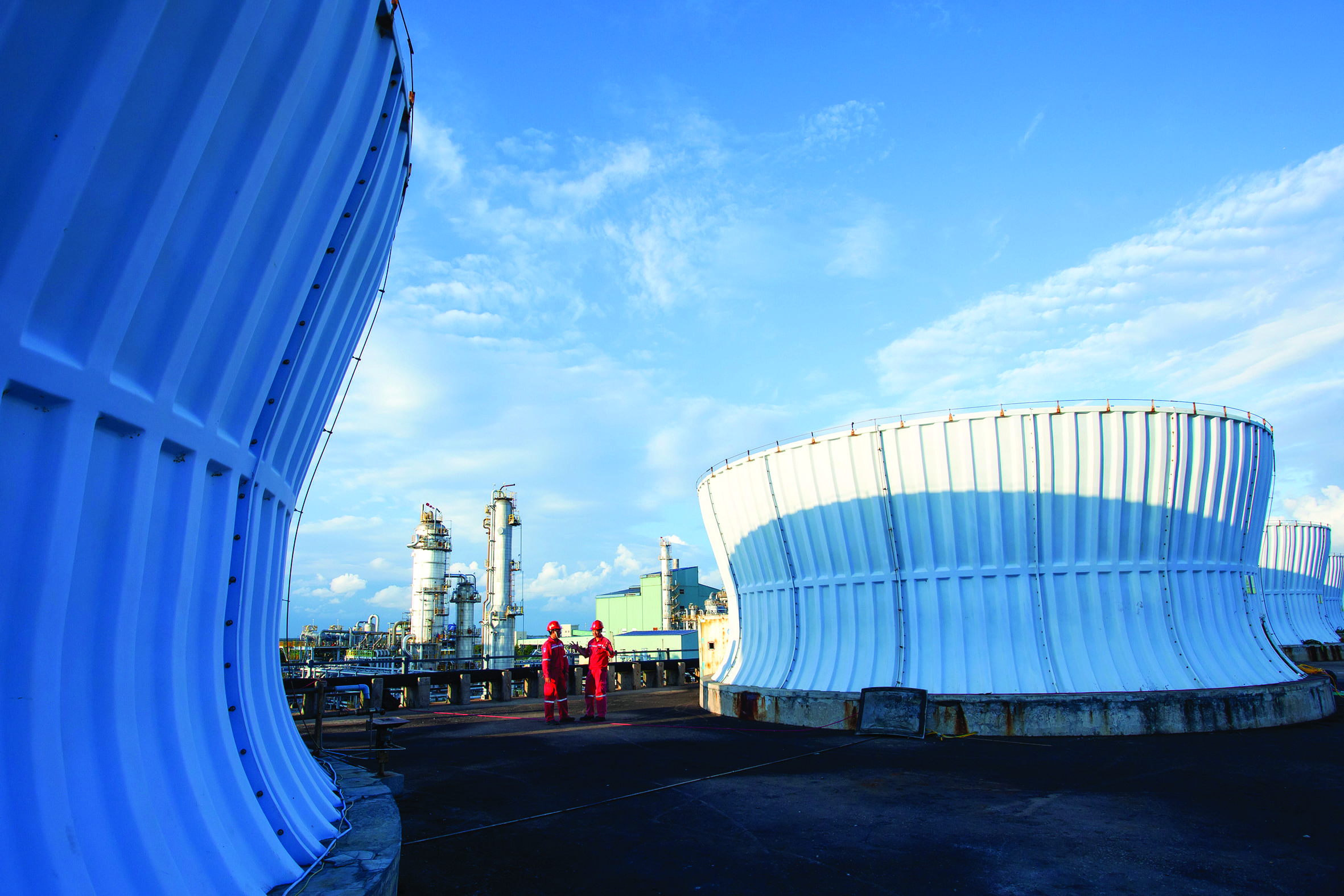
Solutions
Time of Implementation
Technical results
Recovering permeate gas as a raw fuel
From 2019 – present
Recovered permeate gas: 18.35 million Sm³ (in 2022), 19.96 million Sm³ (in 2023)
Replacing the distribution system of towers S04301, S04302, C04301
09/2022
Expanded overall capacity of CO2 removal section, reduced CO2 slip at the absorber outlet, and increased NH3 production by 5.4 tons/day
Separated liquid from flash gas and used washed gas from C0403 as production feedstock
11/2022
Increased NH3 production by 7.1 tons/day
Recovering Hydrogen from Offgas
Phase 1: December 2021 Phase 2: November 2022
Increased NH3 production by 18 tons/day
Installed E04212C to optimize LTS operations
11/2022
Increased NH3 production by 4.4 tons/day
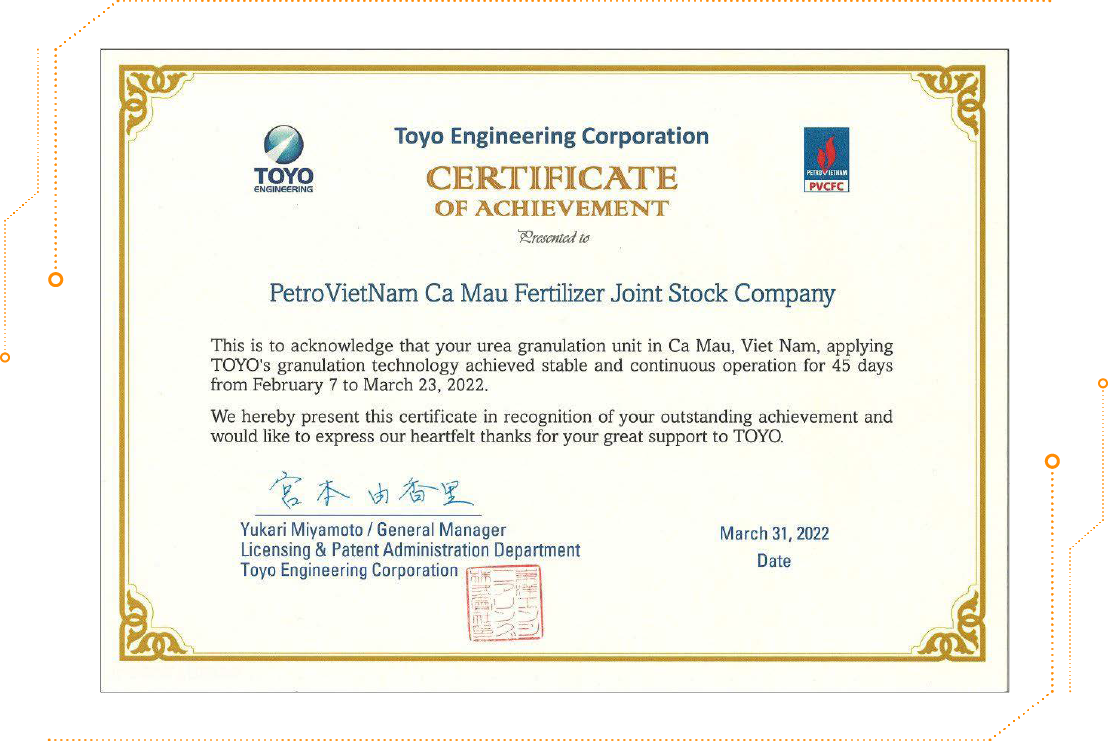
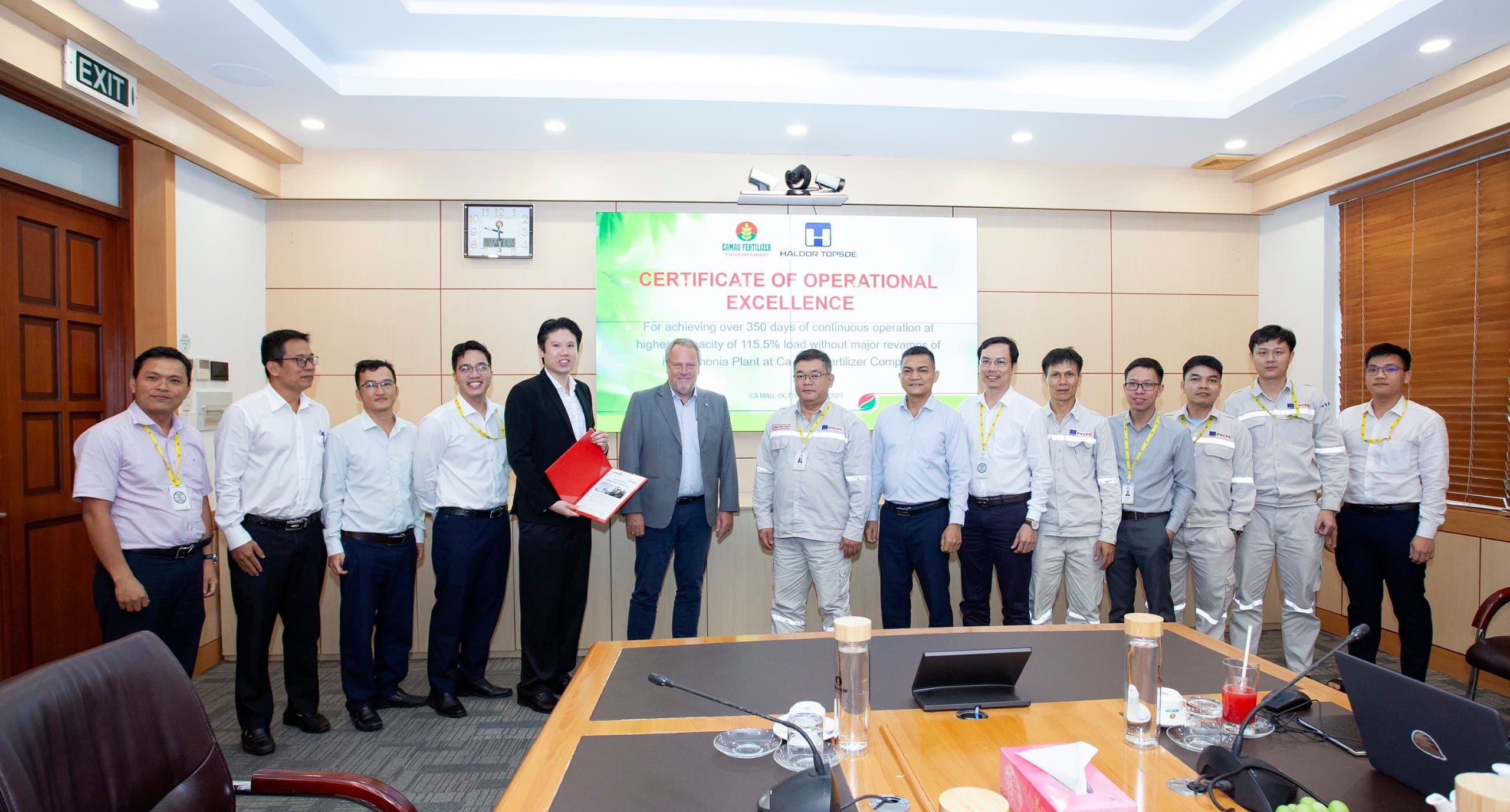
For NPK production technology, the raw materials used include: liquid materials (urea solution, NH3, H2SO4, etc.) and solid materials (urea granules, MAP, DAP, SA, MOP, SOP, etc.). Among these, steam plays two important roles: it provides heat and facilitates the granulation process in the granulator . Natural gas, along with air, is used as fuel for the combustion chamber, and the hot gas generated from fuel combustion is used in the drying and cooling stages of the product. The raw materials used to produce NPK fertilizer are derived from non-renewable resources such as natural gas. After being applied to the soil, these material components either dissolve into the soil or evaporate into the air. When used correctly, these products help increase the soil’s nutrient content, thereby improving crop yield. Below is a table describing the consumption of raw materials used in NPK production at the Ca Mau Fertilizer Plant over the years:
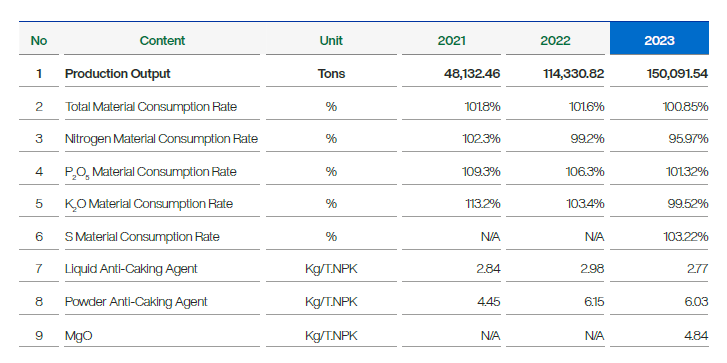
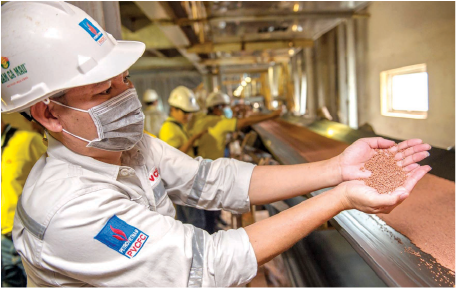
With the increase in production capacity, the efficiency of material usage has improved each year. In 2023, the total material consumption rate decreased by 0.75% compared to 2022 and by 0.95% compared to 2021. Among the materials, K2O content saw the largest reduction, with decreases of 3.88% compared to 2022 and 13.68% compared to 2021. This not only helps PVCFC reduce production costs and increase product competitiveness but also lowers the intensity of greenhouse gas emissions (Scope 1).